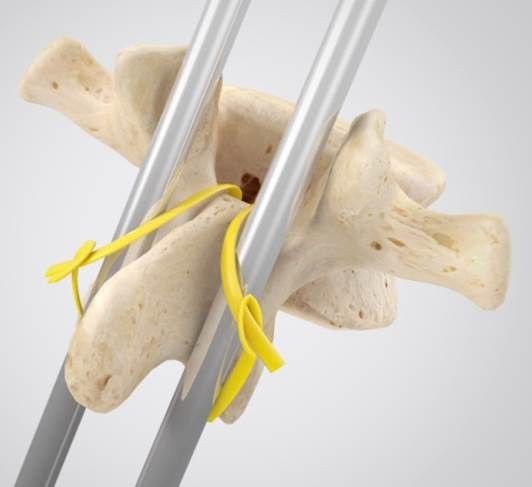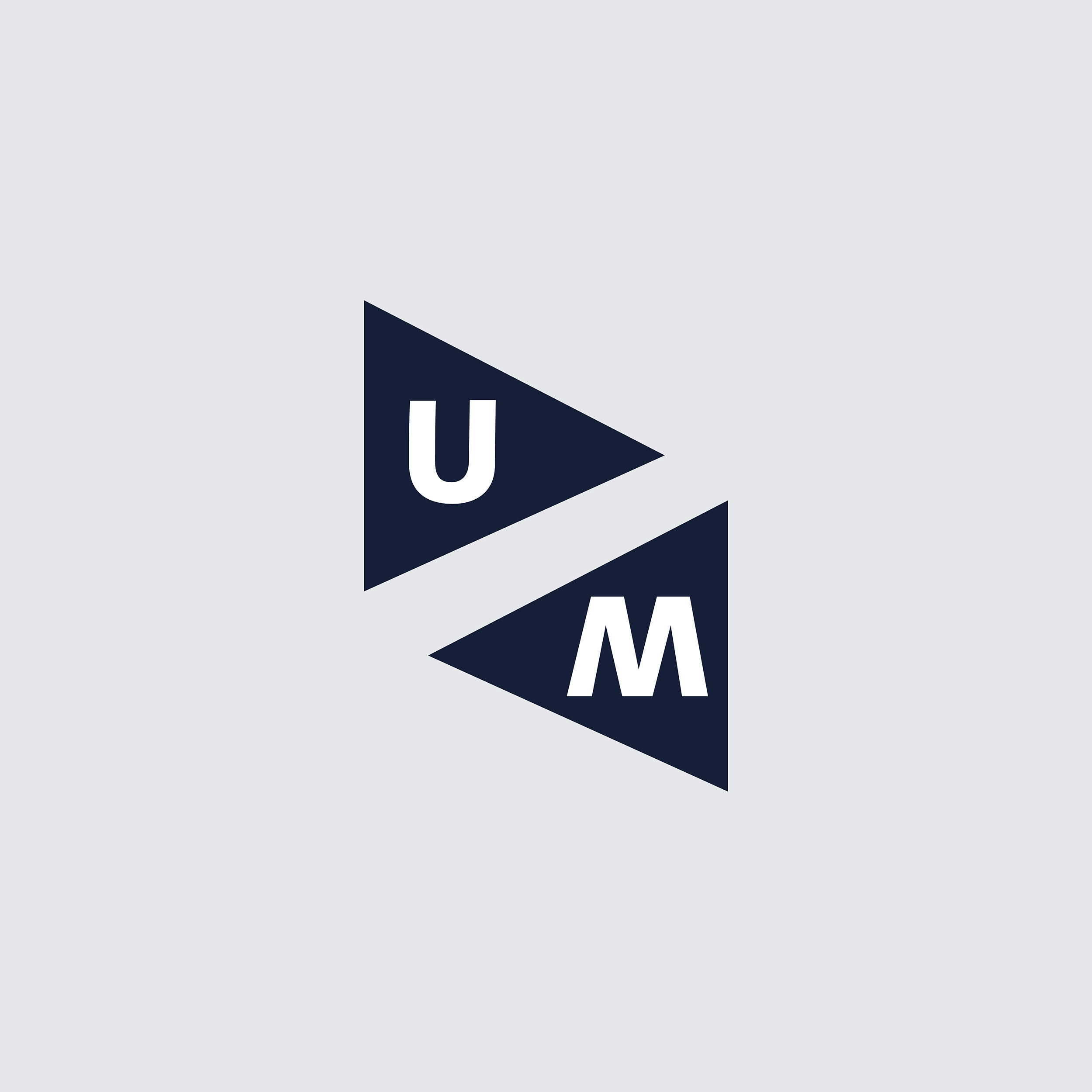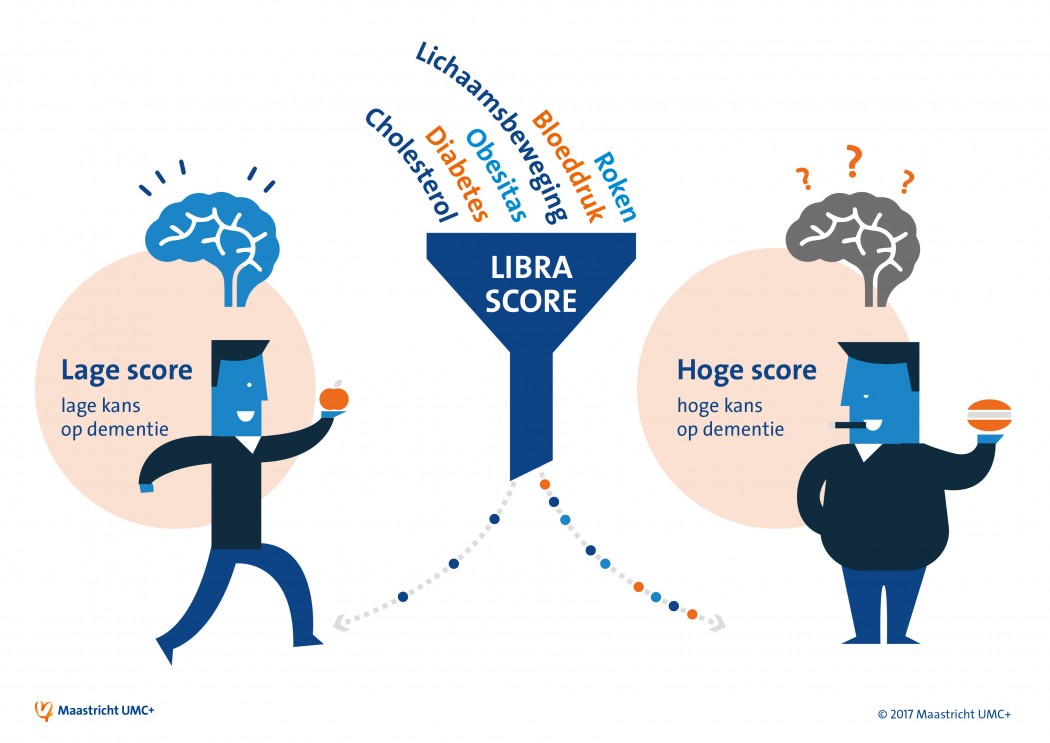New plastic fixation cable for scoliosis surgery
The use of a growth guidance system using plastic fibres instead of metal cables in the treatment of abnormal spine curvature (scoliosis) in children has major benefits: maximum vertebral growth, no release of metal particles that can enter the bloodstream, and less invasive surgery. This was shown in research carried out at Maastricht UMC+. Next year, scientists expect to be able to conduct the first clinical studies using the new material.
The treatment of early onset scoliosis (EOS), an abnormal curvature of the vertebral column and torso that develops before the age of ten, consists of a major and relatively burdensome surgical intervention. Fixation of the vertebral column, the gold standard in treating scoliosis in adolescents and adults, is not an option for children as this procedure hinders further development of the chest and lungs. EOS patients are therefore treated using growing rods. The growing rods have to be surgically adapted every 6 to 9 months in order to facilitate the longitudinal growth of the vertebral column. Such interventions often involve complications and psychosocial problems. Moreover, the frequency of these interventions results in high health care costs.
Alternative
Growth guidance systems are an alternative for these growing rods. They allow for fixation of the vertebral column and correction of the curvature, while free longitudinal growth remains possible without the need for repeat surgery. Existing growth guidance systems, however, contain metal components that slide over each other in order to facilitate growth. The high level of friction between the metal components can inhibit growth and cause the release of small metal particles, which can result in chronic inflammation.
Visible on x-ray
Several years ago, Prof. Lodewijk van Rhijn, head of the Department of Orthopaedics at Maastricht UMC+, helped pioneer the development of a new growth guidance system using cables made from a new fibre produced by DSM: Dyneema Purity® Radiopaque ultra-high molecular weight polyethylene (UHMWPE). These UHMWPE cables serve as sliding fixation points and can be made visible (radiopaque) using x-ray fluoroscopy. Ideally, this system would, with a single surgical intervention, treat the scoliosis effectively while further growth of the vertebral column and chest remains possible. The systems with the new cables have been tested on lab animals. The tests also showed that the longitudinal slide resistance is so low that maximum longitudinal growth of the vertebral column is possible. Furthermore, it prevents metal particles being released due to friction between the components in the growth guidance system which could otherwise enter the bloodstream. Significantly fewer repeat surgeries are needed and moreover, the main operation in which the guidance system is introduced is less invasive; the new plastic tables are so much stronger than the metal cables that they do not have to be used on every vertebra. At the least half of the vertebra can be ‘bypassed’. Given that tissue has to be removed in order to fix the cables in place, this also means less damage to healthy tissue.
PoSTuRe
A clinical follow-up study on the application of the new fibre in both young and adult scoliosis patients is expected to start in 2018 under the name PoSTuRE. This project will take place at the Chemelot InSciTe research and knowledge institute for biomedical materials. Alex Roth was recently awarded a PhD for his research on the use of UHMWPE cables in scoliosis patients. The title of his thesis is Preclinical Assessment of Novel Radiopaque UHMWPE Sublaminar Wires in a Growth-Guidance System for Early Onset Scoliosis Treatment.

DSM Dyneema Purity® Fibres in a medical application.
This press release has been issued by the Maastricht University Medical Centre (MUMC+).
More information: www.mumc.nl/en.
Also read
-
The Maastricht Study specialises in conducting microcirculation measurements
-
Prevention of dementia potentially stimulated by drawing up personal risk profile (MUMC+ news).
-
The influence of prebiotics on overweight people (MUMC+ press release).

